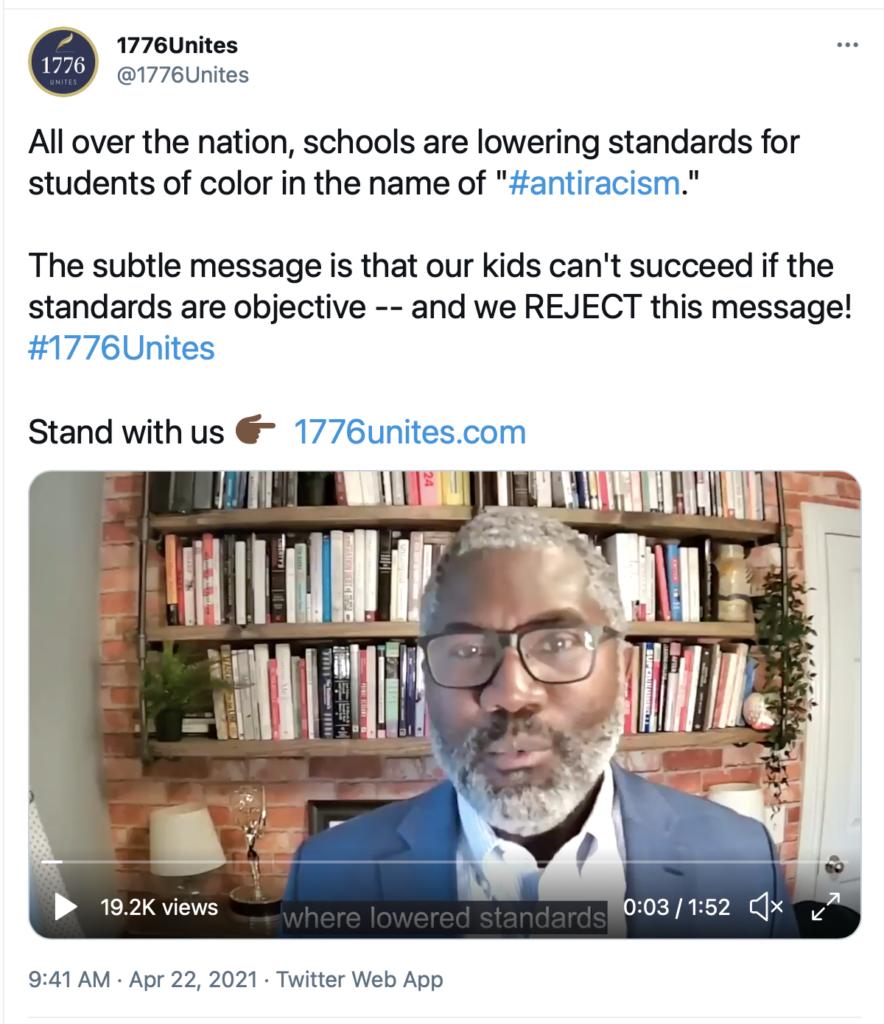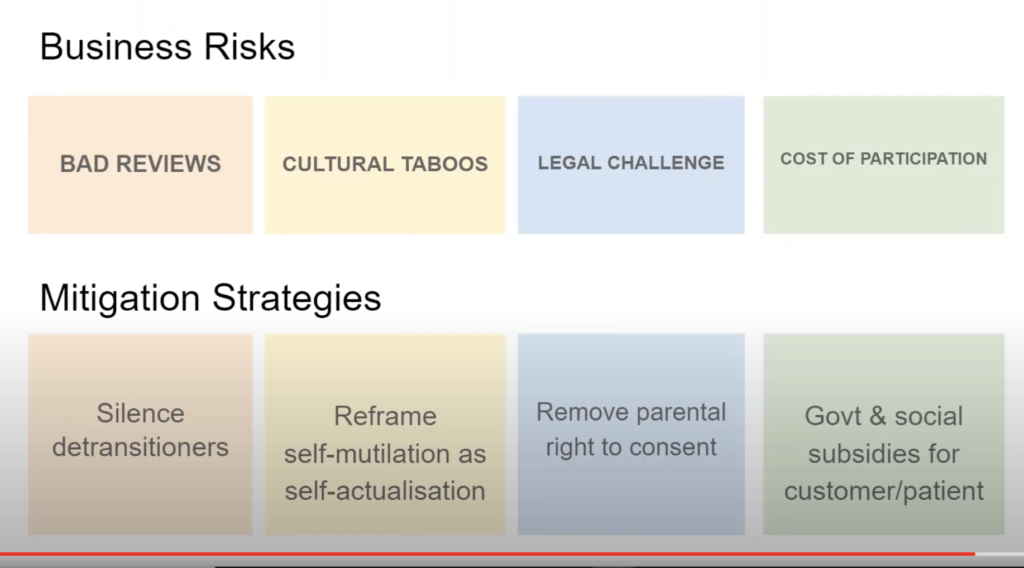Enthusiastic Racism From the Academic Left
I agree with the message of this short video. I despair of the way that "anti-racism" is being implemented in many schools. What does it tell young people who identify as "black" that we need to lower standards for all "blacks" because they, as a group, cannot cut it? Two things:
1. This claim is false. "Black" students can cut it. If given high-quality education and parental involvement from the start, I believe that "blacks" are every bit as capable of educational achievement as any other "color" of student. Many "black" students are high performers.
2. This quick solution sends the same pernicious message that one would expect to hear from American slave-holders in the 1850s. This is not what students need to hear.
Let's give all students (and their families) the tools they need to succeed. And let's not shy away from inconvenient facts, including these the fact that 69% of "black" children were born outside of marriage (compared to 30% for "whites" and "15% for people categories as Asian. I don't bring this up to be moralistic, but only to suggest that many more "black" children lack some of the resources available, on average, to children of other "races." A two-parent household (whether or not married) can, on average, offer more resources to the children of that household. I also suspect that in some "black" communities (not all), education is approached differently than in some other communities (of all "races). John McWhorter has discussed this different approach on occasion (see, for example, the 30 min mark here). Both of these factors (and others) need to be addressed unflinchingly so that every child, including every single "black" child, gets the resources and encouragement he or she needs to excel as a student.
Nothing I have written here suggests that we should judge any child on any basis other than as an individual. Every child is unique and there are high achievers and low achievers of every so-called "race."
[I no longer use the term "race" or the colors referring to "races" without scare quotes. Use of these terms is horribly imprecise, unscientific and inherently divisive. Claiming that there are "races" is the first step on the slippery slope toward racism. We need a two-pronged attack: 1) We need to move away from claims that there are "races," as nothing good results from this divisive term. 2) At the same time, we need to ostracize and vigorously litigate against any person or organization that discriminates on the purported basis of "race." ]


